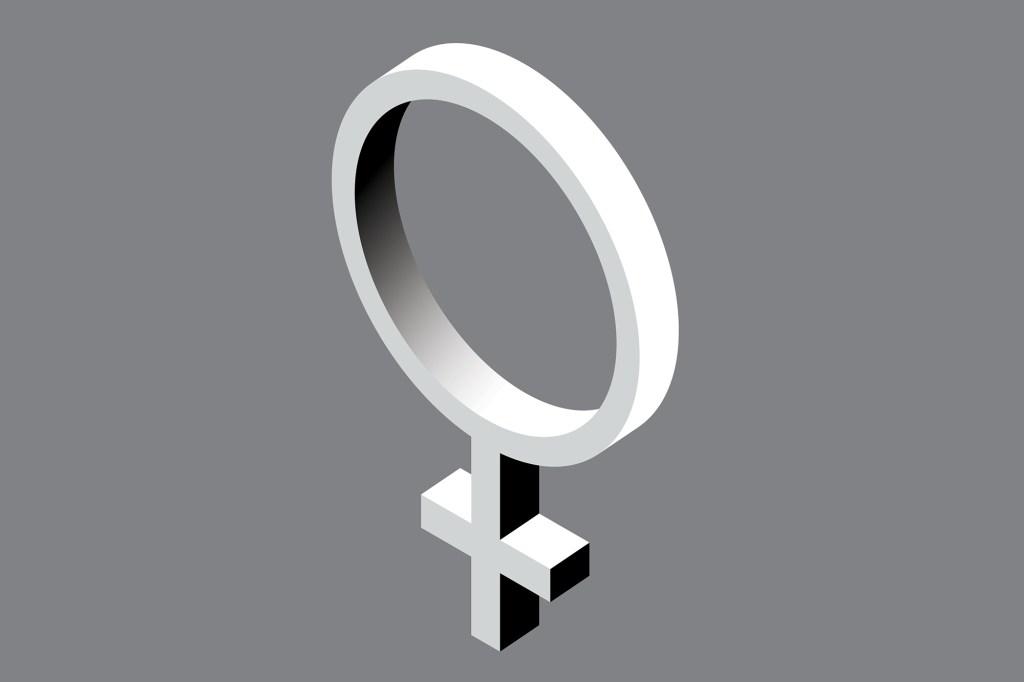This article originally appeared on our sister site, ARCHITECT.
Architecture has long been a white-male-dominated industry that continues to face difficulties with issues of diversity and inclusion. Statistically, people of color and women deal with a higher amount of adversity that follows them from the classroom to the workforce. The good news is that according to National Council of Architectural Registration Boards’ (NCARB) annual data report NCARB by the Numbers, racial and gender disparities are on the decline. “In 2016, women accounted for 36 percent of newly licensed architects and 42 percent of new Architect Registration Examination candidates,” says the report. “Racial and ethnic diversity is also improving, although at a slower pace. For comparison, 15 percent of new architects and 30 percent of new exam candidates identified as non-white.”
In light of the #MeToo and #TimesUp movements that have helped many women find their voices and speak up against the systematic gaslighting of an entire gender, it has become increasingly important to elevate the work of women who have been historically neglected for numerous achievements across industries.
Today, The New York Times published a project called “Overlooked,” a series of obituaries for historic female figures who did not get the recognition they deserved at the time of their deaths. One such woman was Emily Warren Roebling, wife of 19th century civil engineer Washington A. Roebling, who oversaw the construction of the iconic Brooklyn Bridge after the death of her husband.
In December 2017, the New York–based Beverly Willis Architecture Foundation (BWAF) launched a website that celebrates 50 trailblazing women in American architecture, including Georgia Louise Harris Brown (1918–99), who is believed to be the second African-American woman licensed as an architect in the United States.
Though progress is happening, it is slow (for instance, women in the industry are still paid less than men), and there is still much to to do to achieve equality, not only within the architecture community, but in our society as a whole.
So, on this International Women’s Day, ARCHITECT would like to highlight some of the accomplishments of women in architecture we’ve covered from this past year:
This article originally appeared on our sister site, ARCHITECT.



